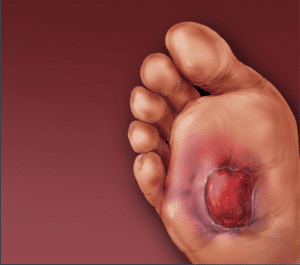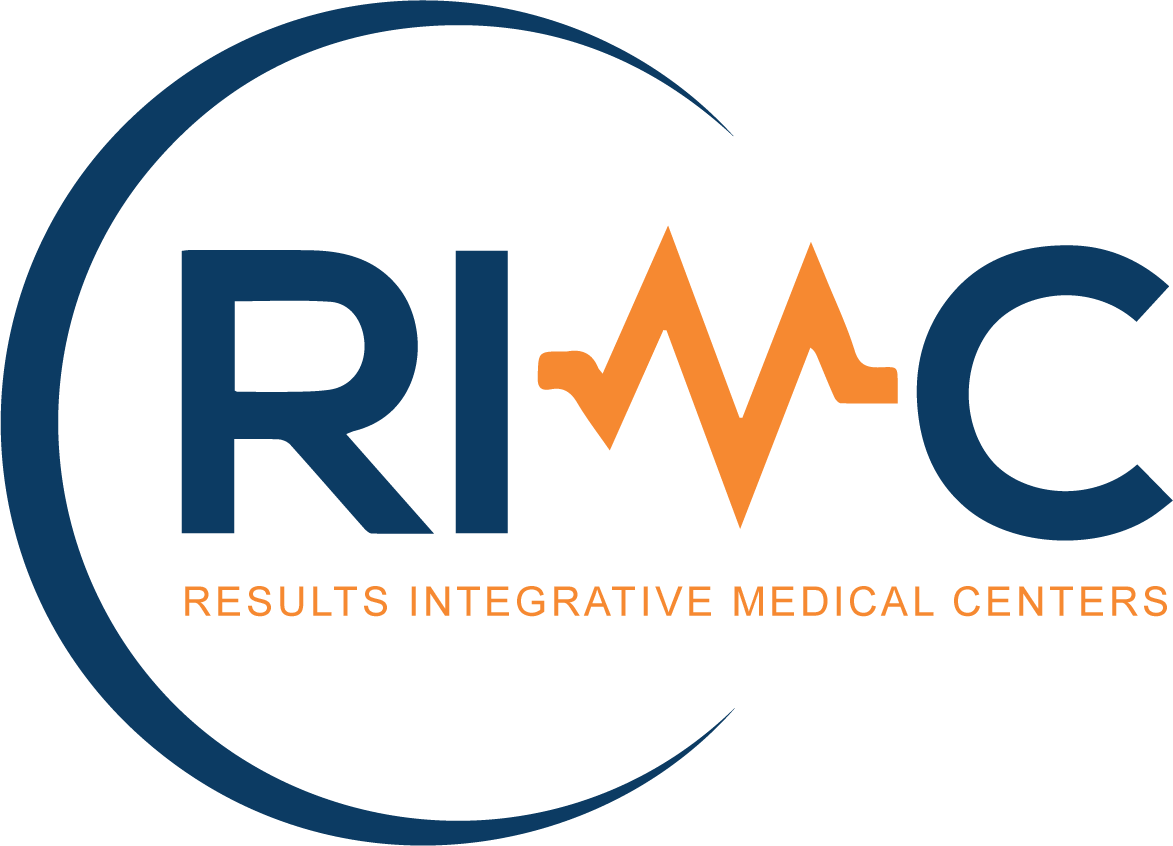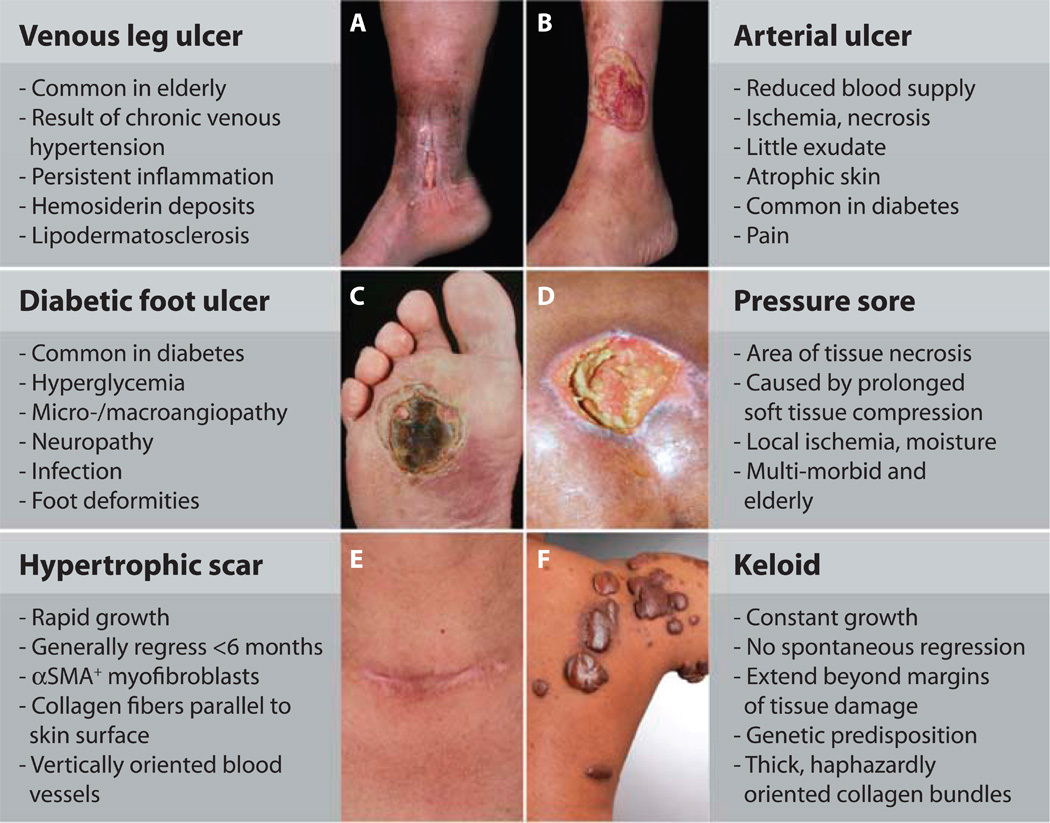
The Best Treatment Options for Chronic Open Wounds
Chronic open wounds are a difficult and painful condition that can be challenging to treat. They can be caused by different medical conditions such as diabetes, infection, or trauma and can lead to a host of other health issues. Fortunately, there are a variety of treatment options available that can help to reduce pain, improve healing, and minimize the risk of infection. From the use of bandages and dressings to advanced techniques such as hyperbaric oxygen therapy, the best treatment plan will depend on the individual patient’s situation and needs. In this article, we’ll explore the different treatment options available, as well as the benefits and risks associated with each.
Overview of chronic open wounds
Chronic open wounds are defined by the fact that they are non-healing and have been open for longer than 6 weeks. This can happen for a variety of reasons including poor circulation, diabetes, obesity, and neuromuscular disorders. Most chronic open wounds occur on the lower legs, and they can be extremely painful and may take a long time to heal. If the open wound is located on the foot or ankle, it may be difficult to keep clean and can lead to an increased risk of infection.
Causes of chronic open wounds
When an injury occurs, the body will typically initiate a process of healing that includes inflammation, tissue repair, and scar formation. Chronic open wounds are caused by issues that interfere with this process of healing. This can happen due to issues with blood flow, nerves, or unhealthy tissue that makes it more difficult for the body to close off the injury. The most common causes of chronic open wounds are diabetes, vascular diseases, and peripheral neuropathies. Other causes of chronic open wounds include infection, poor immune system function, and a misaligned foot or ankle.
Common treatment options
Bandages and dressings – Since chronic open wounds can be difficult to heal, it’s important to keep them clean and protected from bacteria to prevent infection. Using a bandage or dressing is often the first step in treating an open wound. A variety of bandages and dressings are available including gauze and cotton, hydrocolloid dressings, alginate dressings, and synthetic dressings. In addition to helping to keep the wound clean, they can also help to promote blood flow to the area, which can aid in healing. Negative pressure wound therapy (NPWT) – NPWT is a treatment option that uses negative pressure to promote healing. It involves placing a specialized dressing that has a negative pressure over the wound. The dressing creates negative pressure that promotes blood flow to the area and helps to remove any fluid buildup. NPWT has been shown to improve healing time and reduce the risk of infection compared to other types of dressings. It can be used on both acute and chronic wounds, and it’s often used in people with diabetes who have a higher risk of developing an open wound. Hyperbaric oxygen therapy (HBOT) – Some chronic wounds respond well to hyperbaric oxygen therapy. This type of treatment involves breathing in pure oxygen while inside a pressurized chamber to increase the amount of oxygen in the blood. Oxygen is essential for wound healing, and increasing the amount of oxygen in the blood with HBOT has been shown to improve healing time. HBOT can be used with both acute and chronic wounds, but it’s generally not an appropriate treatment for open wounds located on the feet or ankles.
Benefits and risks of bandages and dressings
The main benefit of bandages and dressings is that they are simple and easy to use. They can also be relatively inexpensive. However, they may be less effective at promoting healing compared to other treatment options. There are also potential risks associated with bandages and dressings. For example, if the bandage is too tight, it can increase the risk of swelling and increase pain. They can also cause skin irritation if they are left on too long.
Benefits and risks of hyperbaric oxygen therapy
The main benefit of HBOT is that it can be a highly effective treatment option for certain types of chronic wounds. It’s also relatively safe and well-tolerated, and there are few potential side effects associated with the treatment. There are also a few potential risks of HBOT including dizziness, nausea, and vomiting.
Benefits and risks of negative pressure wound therapy
NPWT has been shown to improve healing time and reduce the risk of infection compared to other treatment options. It can also be used on both acute and chronic wounds. However, it is important to follow the instructions given by the wound care specialist to ensure the wound heals properly. There are some potential risks associated with NPWT including skin damage, fluid buildup, and reduced blood flow to the rest of the body.
Benefits and risks of skin grafting
Skin grafts are often used to cover large wounds and help promote healing. The wound is “fused” with a healthy piece of skin from another part of the body, which is then grafted over the injured area. Skin grafting is often done on large wounds to help promote healing. The main benefit of this type of treatment is that it has been shown to improve healing time compared to other treatments. There are some potential risks associated with skin grafting including delayed healing, infection, and increased pain. Another potential risk is that the graft may not fully integrate with the surrounding tissue, which could lead to complications down the road.
Benefits and risks of stem cell therapy
Growing interest in the use of stem cells has led to the development of a variety of products, including those designed to help treat open wounds. Some companies claim that their products will help to promote healing, reduce pain, and speed up the healing process. However, studies to date are inconclusive as to whether their products are effective. Studies suggest that stem cells may hold promise for helping to treat chronic open wounds, but more research is needed to determine their true benefits. As with any other medical treatment, it’s important to work with a wound care specialist to determine if stem cells are the best option for treating your open wound. There are also a few potential risks associated with stem cell therapy including the risk of infection and allergic reactions.
Benefits and risks of laser therapy
Laser therapy is another treatment option that has been studied and found to be effective for healing chronic wounds. Studies show that laser therapy can speed up the healing process, reduce pain, and reduce the risk of infection. It is often used to treat chronic wounds that are located on the lower legs and feet. There are some potential risks associated with laser therapy including skin damage, scarring, and infection. It’s also important to remember that laser therapy is a treatment modality and not a specific product. This means that there can be significant variability in the type of laser and wavelength used as well as the frequency and duration of the treatment.
Working with a wound care specialist
When it comes to chronic wounds, it’s important to work with a wound care specialist who can create a personalized treatment plan tailored to your specific needs. A wound care specialist can help you to identify the best treatment options based on your situation. This can help to reduce the risk of complications, speed up the healing process, and improve the overall quality of life. A wound care specialist can help you manage your pain, promote healing, and make sure that your wounds are kept clean and protected. They can also help you to create a plan for how to deal with your wound long-term as well as how to prevent new open wounds from forming in the future.



